case study
Challenges and opportunities in Dakar, Senegal
This case study looks at life in Dakar, Senegal. When learning about urbanisation at GCSE, you need to understand the challenges and opportunities that the rapid growth of cities brings. This article discusses problems including housing shortages and inadequate water supply. As you read, consider which problem might be the most significant and why.
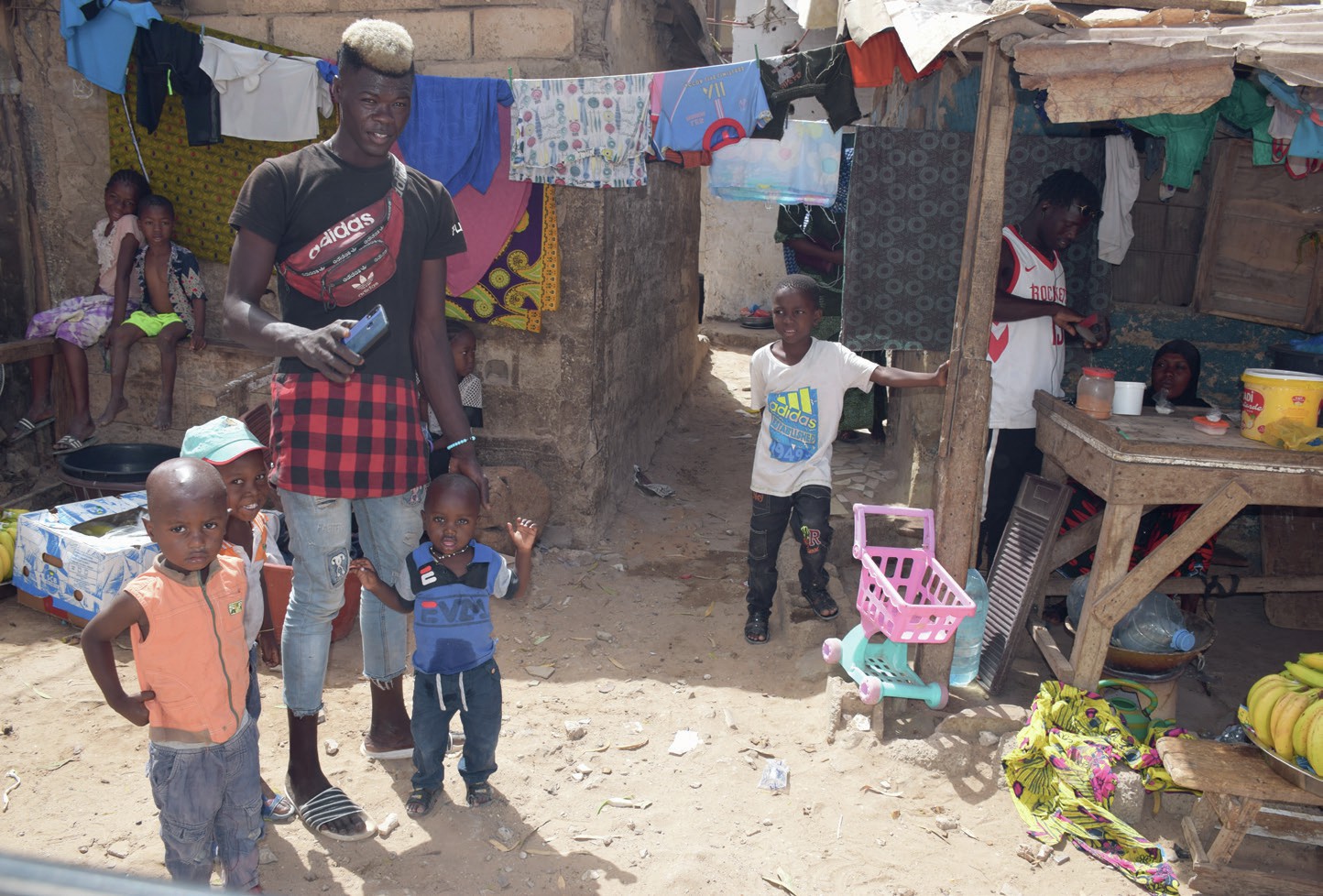
WideworldExtras
For more on this topic, go to www.hoddereducation.co.uk/wideworldextras
Today, over 50% of the world’s population lives in urban areas, with low-income countries experiencing the fastest rates of urbanisation. Dakar, in Senegal, is an example of a city with a rapidly growing population — 3.94 million people call the city home today. This is astonishing considering the population was only 400,000 in the 1970s.
This rapid urbanisation has brought significant opportunities for the people who live there but it can also bring great challenges. Those in charge of cities must plan quickly for growth and to provide the infrastructure, basic services and affordable housing for the rapidly increasing population.
Senegal is a low-income country. Agriculture and fishing provide an income for millions. With an expectation of better opportunities in the city, many people are migrating from rural areas to the wider Dakar area. However, with so much competition, few find employment in the formal sector and unemployment is high — young people in particular turn to the informal sector, using their entrepreneurial skills to bring in money.
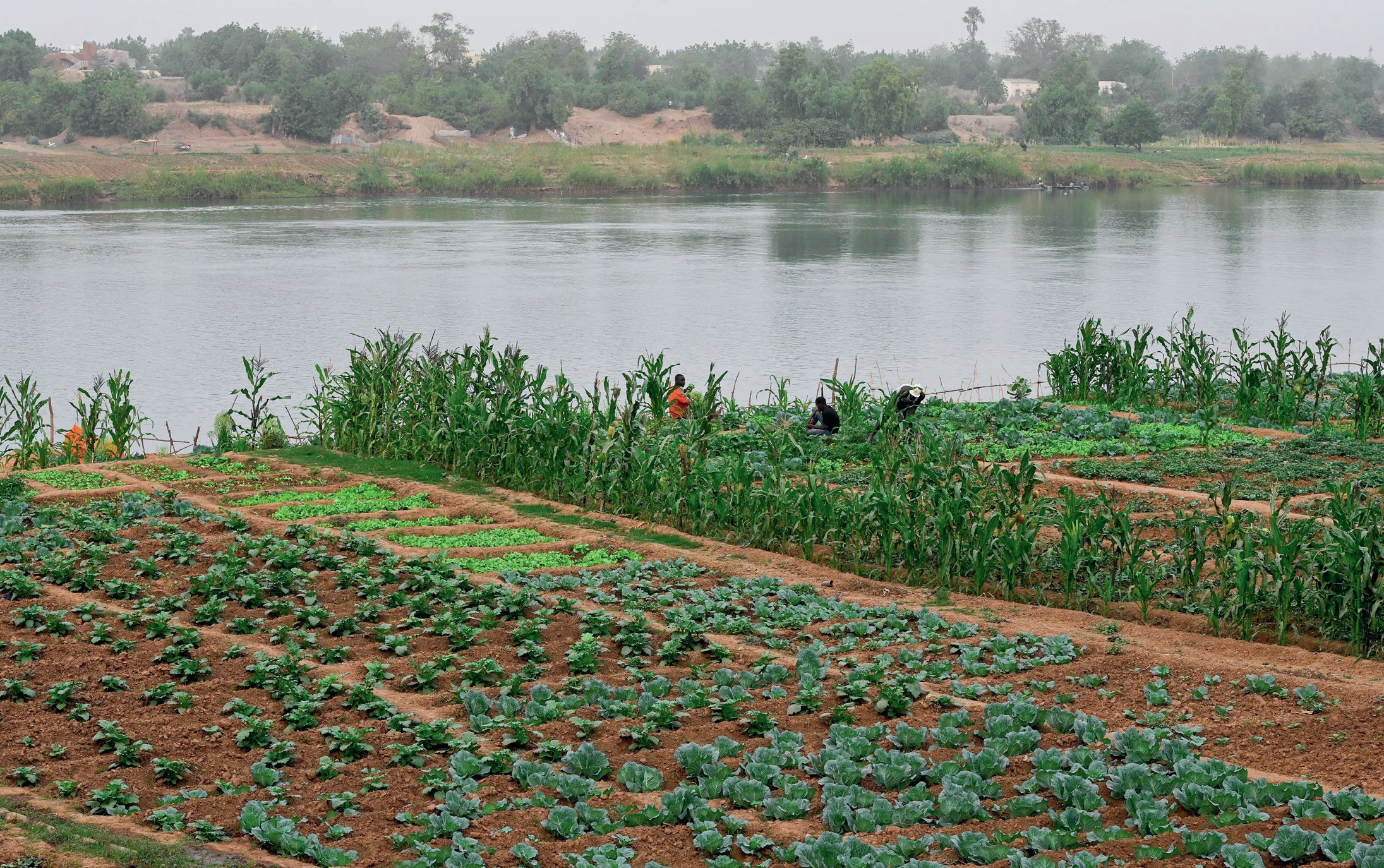
Environmental issues
With rapid urbanisation, managing environmental issues such as waste disposal, air and water pollution and traffic congestion, has become more demanding. The main waste dump of Dakar, Mbeubeuss, receives close to 457,000 tonnes of waste annually and is at the limit of its capacity. Burning waste on the streets is commonplace. This and traffic jams around the Dakar peninsula have led to an increase in air pollution.
Poor-quality second-hand cars, some over 30 years old, and fuel imported to Dakar that contains higher levels of sulphur than that used in Europe, exacerbate the problem. The population is exposed to dangerous levels of air pollution, with many suffering from respiratory problems, including asthma.
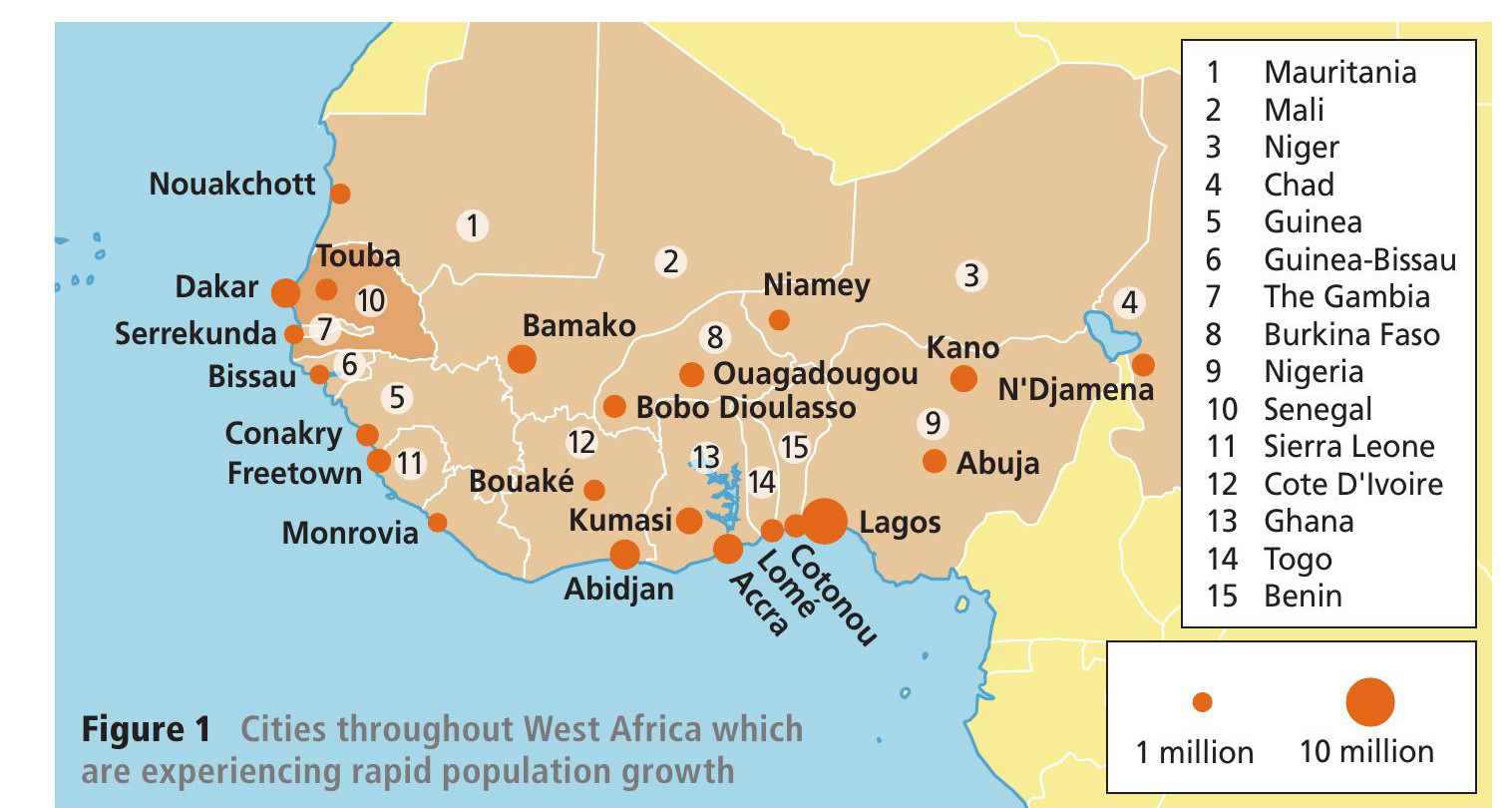
Providing water and food
The provision of clean water and sanitation in the urban area of Dakar is equally challenging as the city grows. Many homes do not have access to basic sanitation — only 36% have toilets or septic tanks. There are also issues with meeting current demand for water as the population increases.
As sea-levels rise, coastal areas of Senegal are expected to experience more coastal erosion, more flooding in low-lying areas and seawater contamination of the soil. This seawater intrusion and the expansion of Dakar threatens the food-producing areas near the city.
Urban agriculture in the Niayes provides nearly 60% of Dakar’s vegetables, including cabbages, peppers and onions. The Niayes is a wetland coastal area which is getting smaller because land is regularly lost for building. This, and the use of untreated wastewater for irrigation that can cause sickness in those who eventually eat the crops, threatens how long the Niayes can be usefully productive.
Housing
As people continue to move to Dakar, housing has been put under great strain. Almost 30% of the population live in informal settlements. In Senegal, where the official language is French, these informal squatter settlements are called bidonvilles (literally, a town built of oil drums). They are located on land that the occupiers do not own and is often unsuitable for building. In Dakar the bidonvilles occupy low-lying land prone to flooding, where air pollution is greater than in other areas of the city. Housing is overcrowded and can be simple, using materials such as tarpaulin or corrugated iron, and often infrastructure such as water, sanitation and electricity is inadequate.
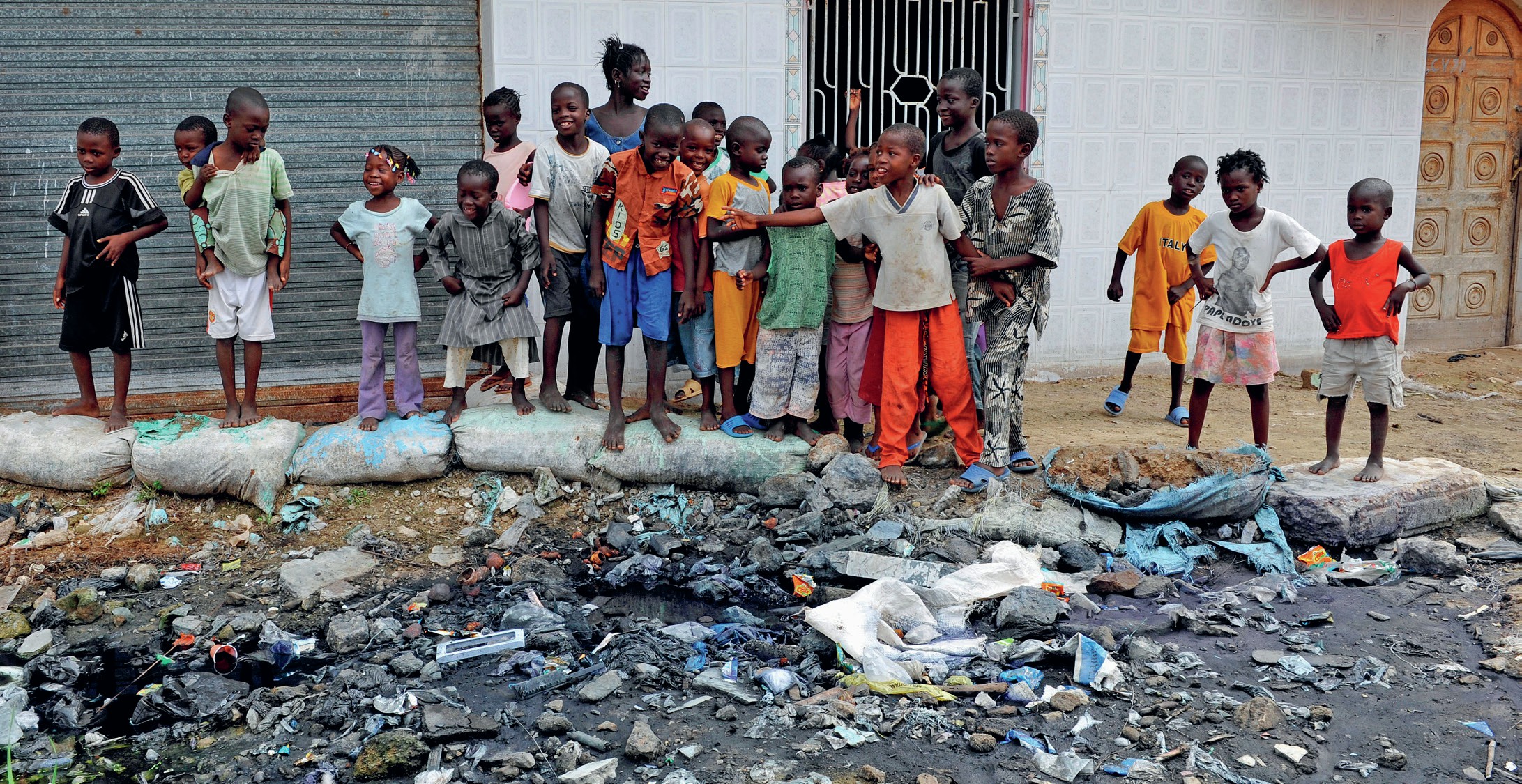
Plans for the future
To counteract these urban challenges, the Sudanese government has launched an ambitious national programme entitled ‘Programme Zero Bidonvilles’, with the ultimate aim of erasing informal housing areas in Dakar by 2035. In the bidonville called Cite Baraka, 210 families were recently rehomed in new buildings through the YOU foundation. Their new houses have access to essential services such as water and electricity, and will provide shelter from seasonal heavy rain, helping to protect residents against the future effects of climate change.
However, while it is important for all residents to have proper housing and access to basic services, even so-called ‘affordable housing’ developments may be too expensive for new urban migrants without formal jobs. For these people, building their own house in a bidonville is often the only way to move to a new city. This shows that as well as providing new housing, it is important that programmes support people in finding jobs and getting more secure livelihoods to help lift people out of poverty.
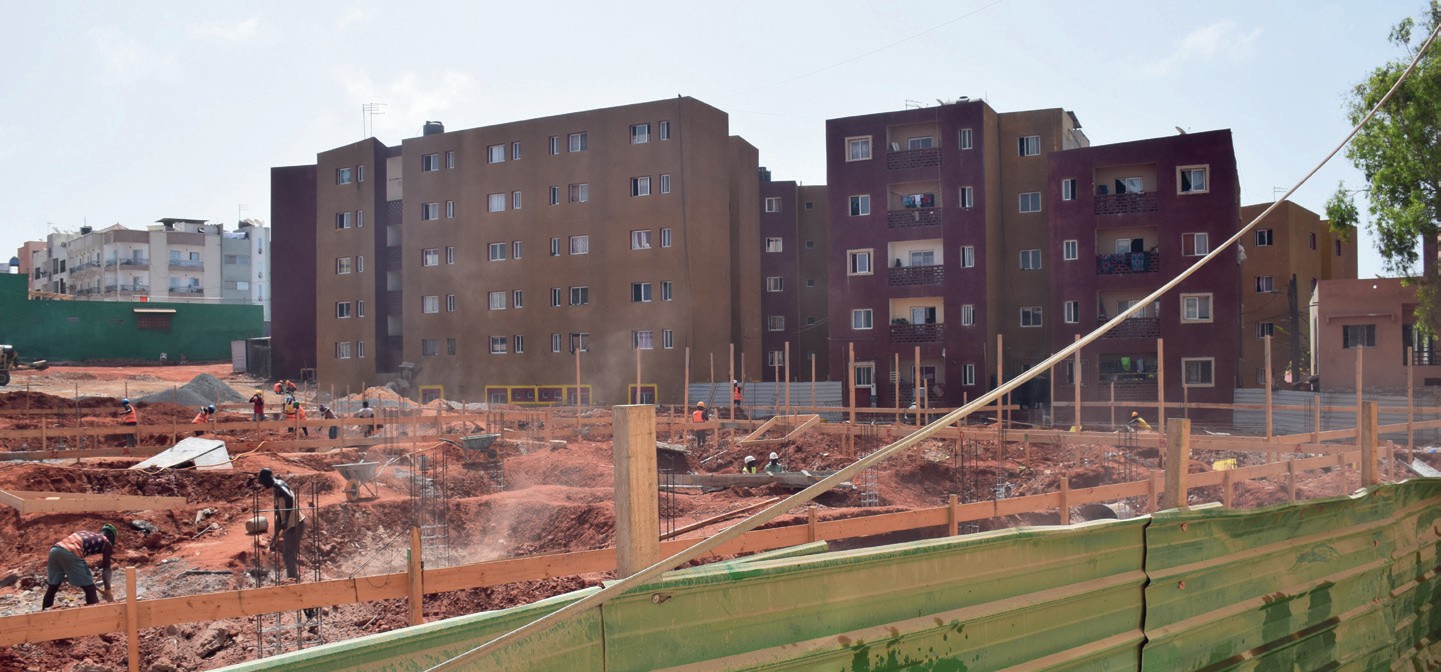
Conclusion
It is predicted that 70% of people worldwide will live in urban areas by 2050, meaning that urbanisation is set to continue. If urban planners are to keep pace with the speed and scale of urbanisation, then large-scale infrastructure projects such as roads, water and sanitation are needed, and these take considerable time to plan and construct. Building cities that work well, that are sustainable, with coordinated transport systems, affordable housing, infrastructure and jobs, can guarantee a better future for urban populations.
Exam practice
1 Give one reason why people want to move to cities such as Dakar. (2 marks)
2 Explain the difference between the formal and informal sector of the economy. (2 marks)
3 Using an example of a city in the developing world, explain how rapid urbanisation causes environmental challenges. (6 marks)
Glossary
Formal sector Paid employment, e.g in a shop, factory or building site.
Informal sector People finding ways to make their own money, e.g. by selling vegetables or providing a service.
Urbanisation An increase in the proportion of people living in urban areas.





